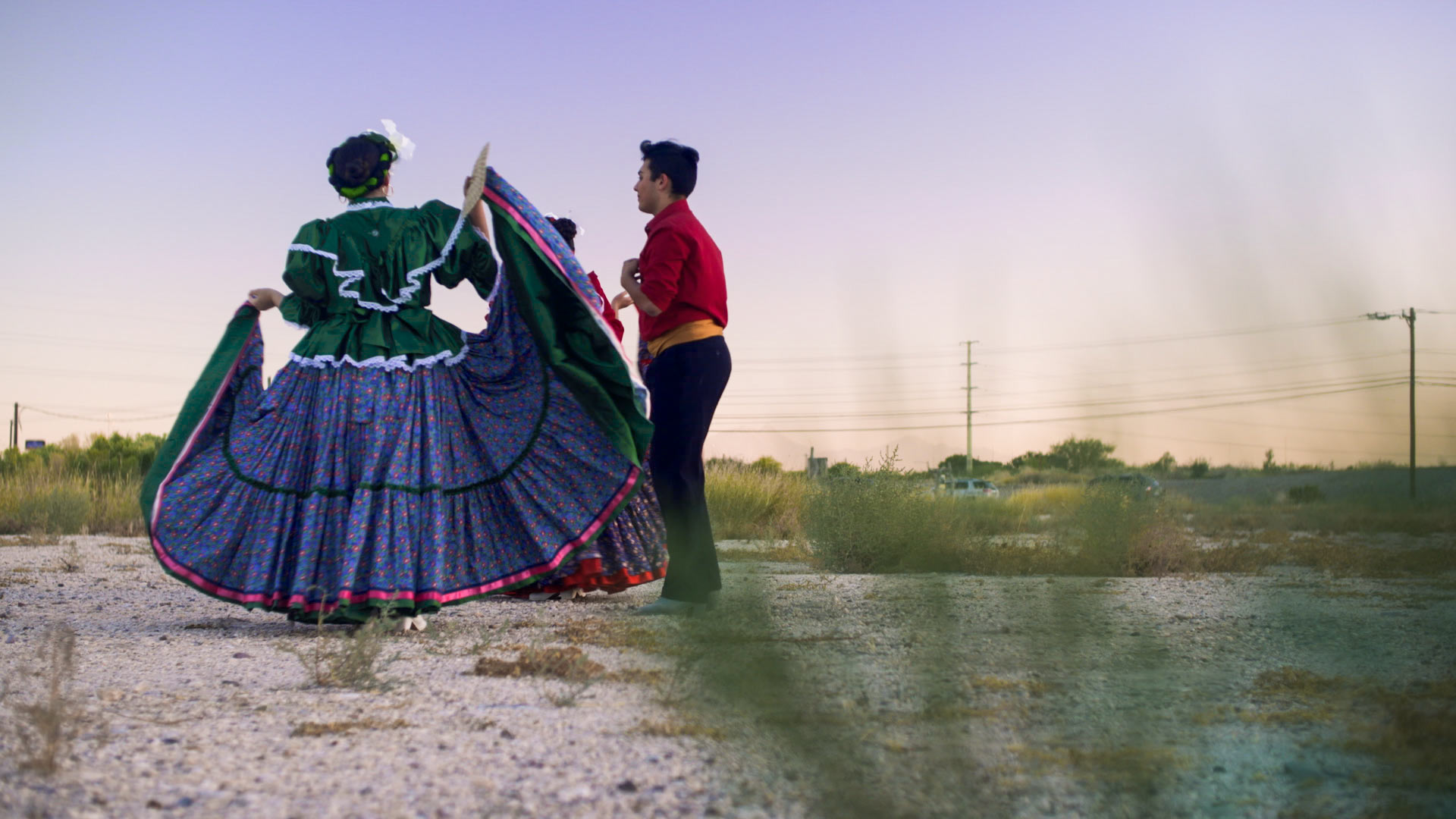 Folklórico dancers in Tucson, Arizona, 2017.
Folklórico dancers in Tucson, Arizona, 2017.
Huge celebrations across the U.S. are expected to celebrate National Hispanic Heritage Month, an annual tradition that showcases the awe-inspiring diversity and culture of Hispanic people.
Celebrated each year from Sept. 15 to Oct. 15, the month is a chance for many in the U.S. to learn about and celebrate the contributions of Hispanics, the country's fastest-growing racial or ethnic minority, according to the census. The group includes people whose ancestors come from Spain, Mexico, the Caribbean and Central and South America.
There are more than 65 million people identified as ethnically Hispanic in the U.S., according to the latest census estimates.
Heritage week embraces the sprawling histories of Latinos
Before there was National Hispanic Heritage Month, there was Hispanic Heritage Week, which was created through legislation sponsored by Mexican American U.S. Rep. Edward R. Roybal of Los Angeles and signed into law in 1968 by President Lyndon B. Johnson.
The weeklong commemoration was expanded to a month two decades later, with legislation signed into law by President Ronald Reagan.
"It was clustered around big celebrations for the community," Alberto Lammers, director of communications at the UCLA Latino Policy and Politics Institute said. "It became a chance for people to know Hispanic cultures, for Latinos to get to know a community better and for the American public to understand a little better the long history of Latinos in the U.S."
The month is a way for Hispanics to showcase their diversity and culture with the support of the government, said Rachel Gonzalez-Martin, an associate professor of Mexican American and Latino Studies at the University of Texas at Austin.
Sept. 15 was chosen as the starting point to coincide with the anniversary of "El Grito de Dolores," or the "Cry of Dolores," which was issued in 1810 from a town in central Mexico that launched that country's war for independence from Spain.
The Central American nations of Guatemala, Honduras, El Salvador, Nicaragua and Costa Rica celebrate their independence on Sept. 15, and Mexico marks its national day on Sept. 16, the day after the cry for independence.
Also during National Hispanic Heritage Month, the South American nation of Chile observes its independence day on Sept. 18. Indigenous Peoples' Day, previously known as Columbus Day, is observed in the U.S. on the second Monday of October.
Over the past decade, the month has grown due to the larger Latino consumer base in the U.S., Gonzalez-Martin said. Gonzalez-Martin said visible support from the federal government, including celebrations at the White House, has also made it easier for Hispanics to celebrate.
"Hispanic Heritage Month was a way in which to be Hispanic and Latino but with official blessing," Gonzalez-Martin said. "It was a recognition of belonging and that became really powerful." The four-week period is about honoring the way Hispanic populations have shaped the U.S. in the past and present, Lammers said.
"It gives us a chance to acknowledge how Latinos have been part of this nation for so many centuries," Lammers said. "I think that's what is great about this. It has allowed us to really dig deeper and a chance to tell our stories."
Not everyone who is Hispanic uses that label
Hispanic was a term coined by the federal government for people descended from Spanish-speaking cultures. But for some, the label has a connotation of political conservatism and emphasizes a connection to Spain. It sometimes gets mistakenly interchanged with "Latino" or "Latinx."
For some, Latino reflects their ties to Latin America. So some celebrations are referred to as Latinx or Latin Heritage Month.
Latin Americans are not a monolith. There are several identifiers for Latin Americans, depending largely on personal preference. Mexican Americans who grew up during the 1960s Civil Rights era may identify as Chicano. Others may go by their family's nation of origin such as Colombian American or Salvadoran American.
Each culture has unique differences when it comes to music, food, art and other cultural touchstones.
Celebrations are planned throughout the month
From California to Florida, there will be no shortage of festivities. The celebrations tout traditional Latin foods and entertainment including, mariachi bands, folklórico and salsa lessons. The intent is to showcase the culture of Mexico, Puerto Rico, Venezuela and other Latin countries.
The Smithsonian in Washington, D.C., is offering a slate of activities elevating Hispanic heritage, including a celebration of the life of Celia Cruz and exhibits of art made in Mexico.
Associated Press writer Terry Tang contributed to this report.

By submitting your comments, you hereby give AZPM the right to post your comments and potentially use them in any other form of media operated by this institution.